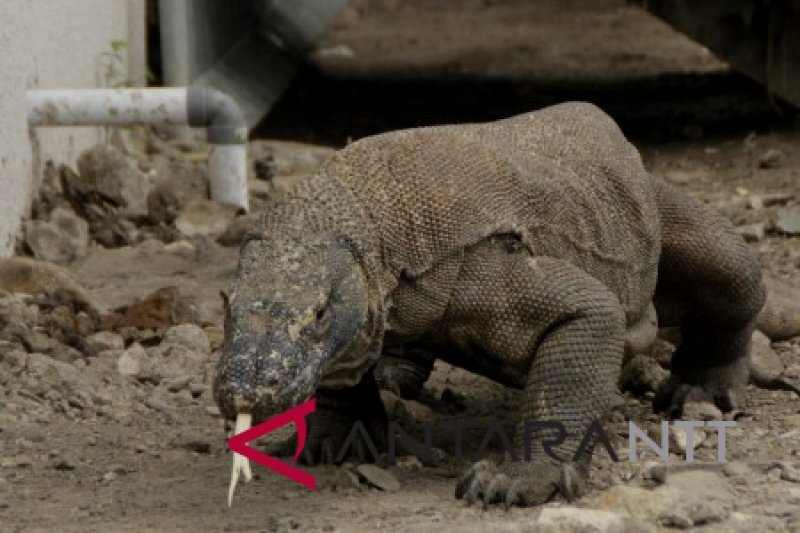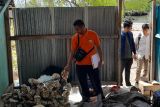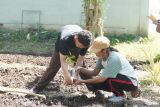Kupang (ANTARA News NTT) - The Komodo National Park recorded revenue amounting to Rp32 billion from tourist visits to the park during 2018, an increase from Rp29 billion in the previous year.
The revenue was earned from ticket sales in the habitat of the Komodo Dragon (varanus komodoensis) located in West Manggarai District, Flores Island, Ande Kefi, an officer of the national park, stated here, Thursday (17/1).
The tickets were for touring, tracking, surfing, and diving in the area, among other things, he added.
A total of 176,830 tourists had visited the Komodo National Park last year, a surge from 119,599 visitors in 2017.
Of last year`s total tourists, 121,409 were foreigners and 55,421 Indonesians. The increase in foreign tourist arrivals indicated that the Komodo National Park had attracted tourists from several countries, he pointed out.
The national park, offering scenic views, is one of the New Seven Wonders of Nature. Komodo Island is particularly notable as a habitat of the Komodo dragon, the largest lizard on Earth, which is named after the island.
The Komodo National Park includes the islands of Komodo, Rinca, and Padar, as well as many smaller ones.
Baca juga: Komodo dragon population reaches 3,012 in Komodo National Park
It was founded in 1980 to protect the Komodo dragon and currently also includes the protection of marine animals.
In 1977, Komodo National Park was named a biosphere reserve by the United Nations Educational, Scientific and Cultural Organization (UNESCO). In 1991, UNESCO named the island as a world heritage.
The population of Komodo dragons in the Komodo National Park had reached 3,012 heads in 2017.
The giant lizards are found on the isles of Padar, Gili Motang, Nusa Kode, Komodo, and Rinca.
According to the IUCN Red List of Threatened Species, the Komodo dragon is listed on CITES Appendix I, indicating that the animal is vulnerable to extinction.
Adult Komodo dragons eat wild boars, deer, and horses, while the smaller ones consume insects and poultry.
The West Nusa Tenggara provincial administration has also promoted its other major islands, such as Sumba Island, Roe Island, Sabu, and Lembatta, to attract domestic and foreign tourists.
Baca juga: Singaporean Tourist Bitten By Komodo Dragon











